Pros and Cons of Traditional vs. Independent vs. Self-Publishing (Part 5): Interview with Traditionally Published Author, Mark Shaw
Posted: November 14, 2016 Filed under: Books, Nonfiction, Opinion, Publishing, Self-Publishing, Writing | Tags: Mark Shaw, Publishing, Self-Publishing, Subsidy Publishing, Traditional Publishing 3 Comments
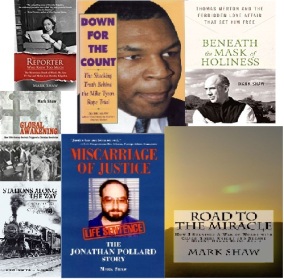
Those who remember traditional publishing prior to the digital age, recall an industry which was not easy to break into, but with persistence, it could pay off with large advances, and a contract from one of the “Big Five” publishing houses. Your publisher took care of the rest: editing and proofreading, cover and/or illustrations, publicity and marketing. In many ways, it is the same today, but one thing self-publishing and independent publishing have changed, is that they showed traditional publishers that authors were capable of doing their own promotion and marketing. Today’s authors, it seems, are now expected to carry the weight for these tasks no matter which model is chosen.
The rise of digital and self-publishing also brought about a rise in publishing scams, designed to take advantage of aspiring authors and empty their pocketbooks. In the 1990s, when I began writing, they called them vanity presses.An author would send in their work and receive a very favorable response, praising their work and offering to publish it for a fee. As the author moves through the publishing process, the fees keep adding up. Today they are called subsidy publishers. As with traditional publishers, subsidy publishers hold the rights to the book, although the author is paying them to publish it.
So far in the series we’ve heard from self-published authors, Jeff Bowles, Tim Baker and Art Rosch, and we’ve heard from traditionally published author Stacia Deutsch. Join me today to get more of the traditionally published POV in my interview with author Mark Shaw. Among his 25 published works are books I’ve had the pleasure of reviewing as The Southern Colorado Literature Examiner: The Mask of Holiness, a biography of Thomas Merton, and Stations Along the Way, a biography of former Hitler youth leader, Ursela Martens. In addition to being a traditionally published author, Mark is a literary consultant and entertainment attorney, so he knows of what he speaks.
Kaye: When did you know you wanted to be an author?
Mark: I’m a former criminal defense lawyer and I never considered being an author until I covered the Mike Tyson rape trial for CNN, ESPN, and USA Today. I believed Tyson was denied justice and so I wrote my first book, Down For the Count.
Kaye: Would you share your own publishing story with us?
Mark: I was able to find a literary agent to represent the Tyson book and he found a traditional publisher. I had enjoyed the writing process and the book sold well so I looked for new subjects to write about and within a few years I had published several traditionally published books. Looking for a theme to weave through new books, I landed on “justice denied” and the last four or five I have written including my latest “The Reporter Who Knew Too Much: The Mysterious Death of What’s My Line TV Star and Media Icon Dorothy Kilgallen,” are symbolic of the type of books I write. Sometimes I have to pinch myself that this book will be my 25th since I never had any formal training as a writer but I’m blessed that people have enjoyed the “stop and think” aspect of the books and continue to praise my body of work.
Kaye: What do you see as pros and cons of self-publishing?
Mark: As noted in my book about the publishing process, “How to Become a Published Author: Idea to Publication,” as long as it’s what we call “traditional self-publishing (no subsidy publisher) then okay, but the career of any writer who uses a subsidy publisher where they pay to have the book published (Dorrance, iUniverse, Trafford, AuthorHouse, XLibris, etc.) is doomed with many who have come to me for consulting telling horror stories of losing their life savings, their homes, etc. Subsidy Publishing is the absolute kiss of death and so many writers fall prey to subsidy publishers that promise the moon and end up with boxes of books in the basement they can never sell since libraries and most bookstores won’t touch them. This is unfortunate since aspiring authors can use a combination of Create Space and Ingram Spark to publish a book with very minimal cost and this traditional self-publishing method is a badge of honor and libraries and bookstores will be interested in purchasing and stocking the book.
Kaye: What do you see as the pros and cons of independent publishing?
Mark: There seems to be confusion as to what this term means but as long as it doesn’t include subsidy publishing, I’m all for it.
Kaye: What do you see as the pros and cons of traditional publishing?
Mark: I encourage writers to try the traditional publishing route by using query letters and book proposals and a good strategy for landing a literary agent or publisher and if that doesn’t work, then use traditional self-publishing. The advantages of traditional publishing include the publisher paying for all aspects of the publishing process, editing, layout, cover, etc. without the writer putting up a cent but most importantly traditional publishing includes distribution (my new book has Simon&Schuster distribution) which traditional self-publishing lacks since the author must do the distribution. One disadvantage these days for a first time author is that unlike ten years ago, many traditional publishers will not do much toward promotion and thus the author is expected to do the major part of the work.
Kaye: How much does the non-writing work, (marketing & promotion, illustrations & book covers, etc…), that you must do yourself vary between the different models?
Mark: You are talking about completely different subjects here. With marketing and promotion, regardless of the method of publishing, an author has to understand that he or she must be the guiding force behind book publicity. With illustrations and book covers, etc. traditional publishers will handle this task while the author of any traditional self-published book is responsible for handling these matters and there are several outstanding consultants who can help with this tasks. Again, writers should stay away from subsidy publishers many of whom produce inferior books that cause problems right away with the authors’ reputation.
Kaye: Do you recommend traditional publishing for today’s aspiring authors, and why or why not?
Mark: Absolutely but writers must proceed with a well-developed strategy such as the “10-Step Method” outlined in “How to Become a Published Author.” There are no shortcuts possible here and most writers don’t want to put in the hard work necessary to secure a literary agent so their chances of securing a publisher are optimized.
I want to thank Mark for sharing his thoughts with us. Also, I’m excited to be reviewing his latest book. Be sure and catch my review of The Reporter Who Knew Too Much on November 25, right here on Writing to be Read. To learn more about Mark Shaw or his books visit his website.
Don’t miss next Monday’s post and my interview with independently published YA author, Jordan Elizabeth, and get her thoughts on today’s publishing industry on Writing to be Read.
If you liked this post, subscribe to email and receive a notification each time a new post is made on Writing to be Read.


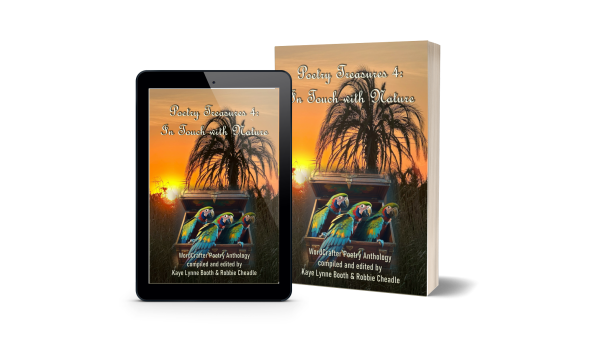
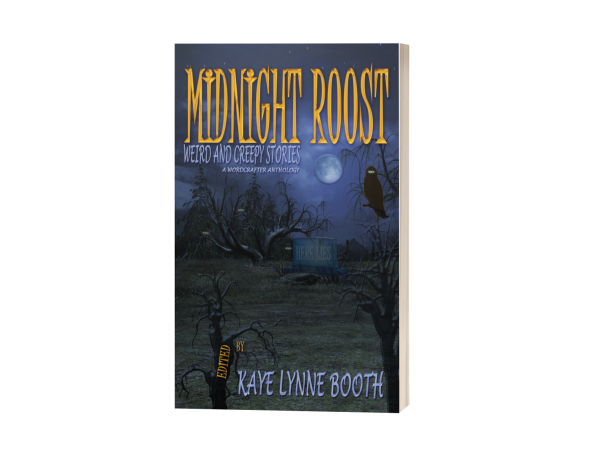



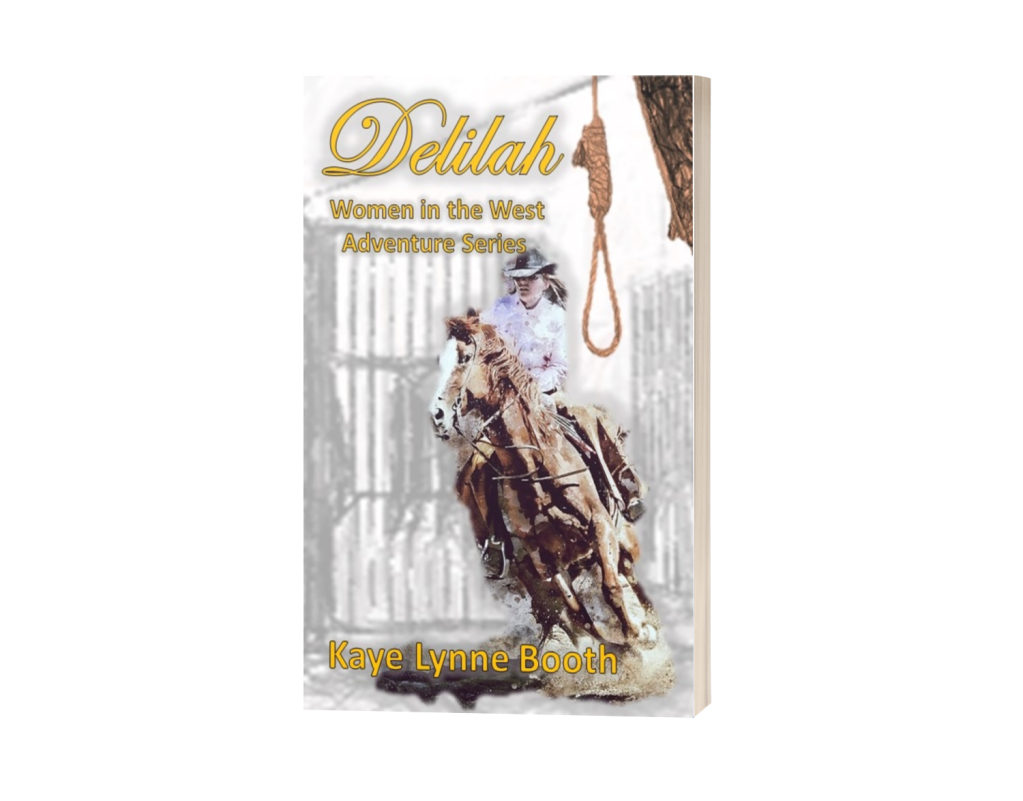
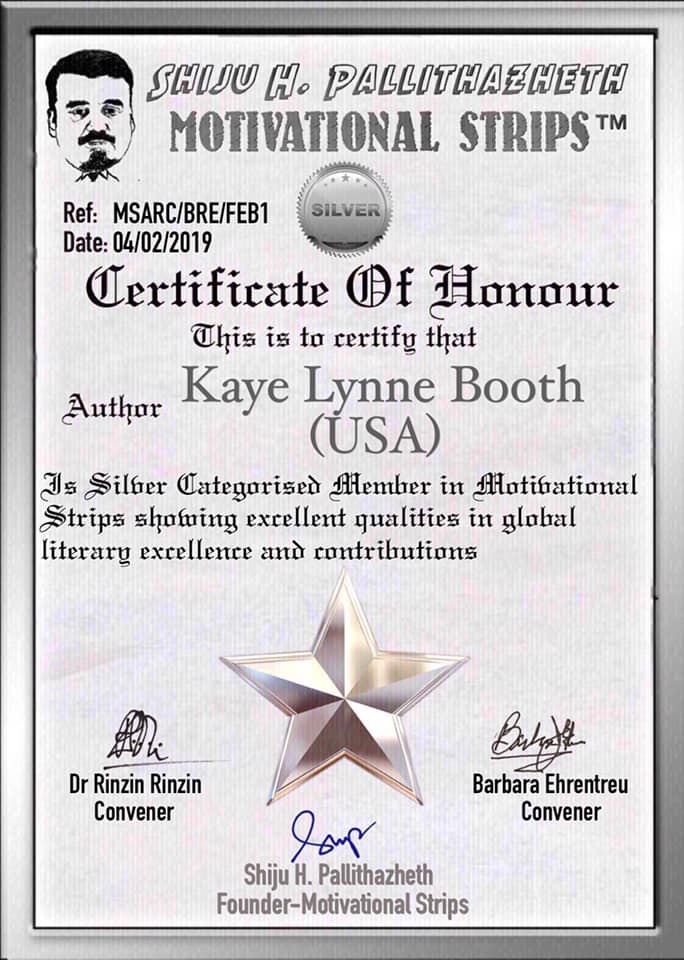
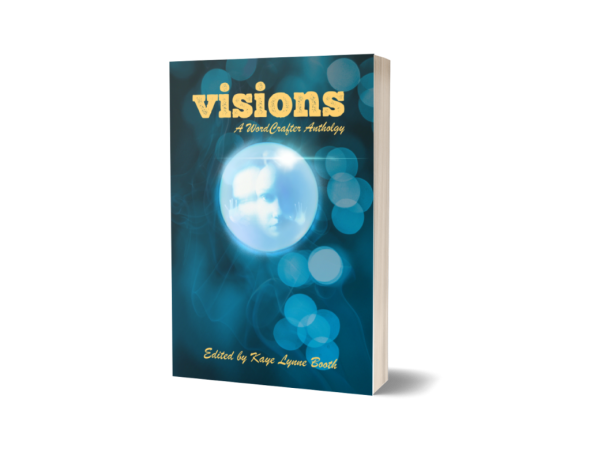


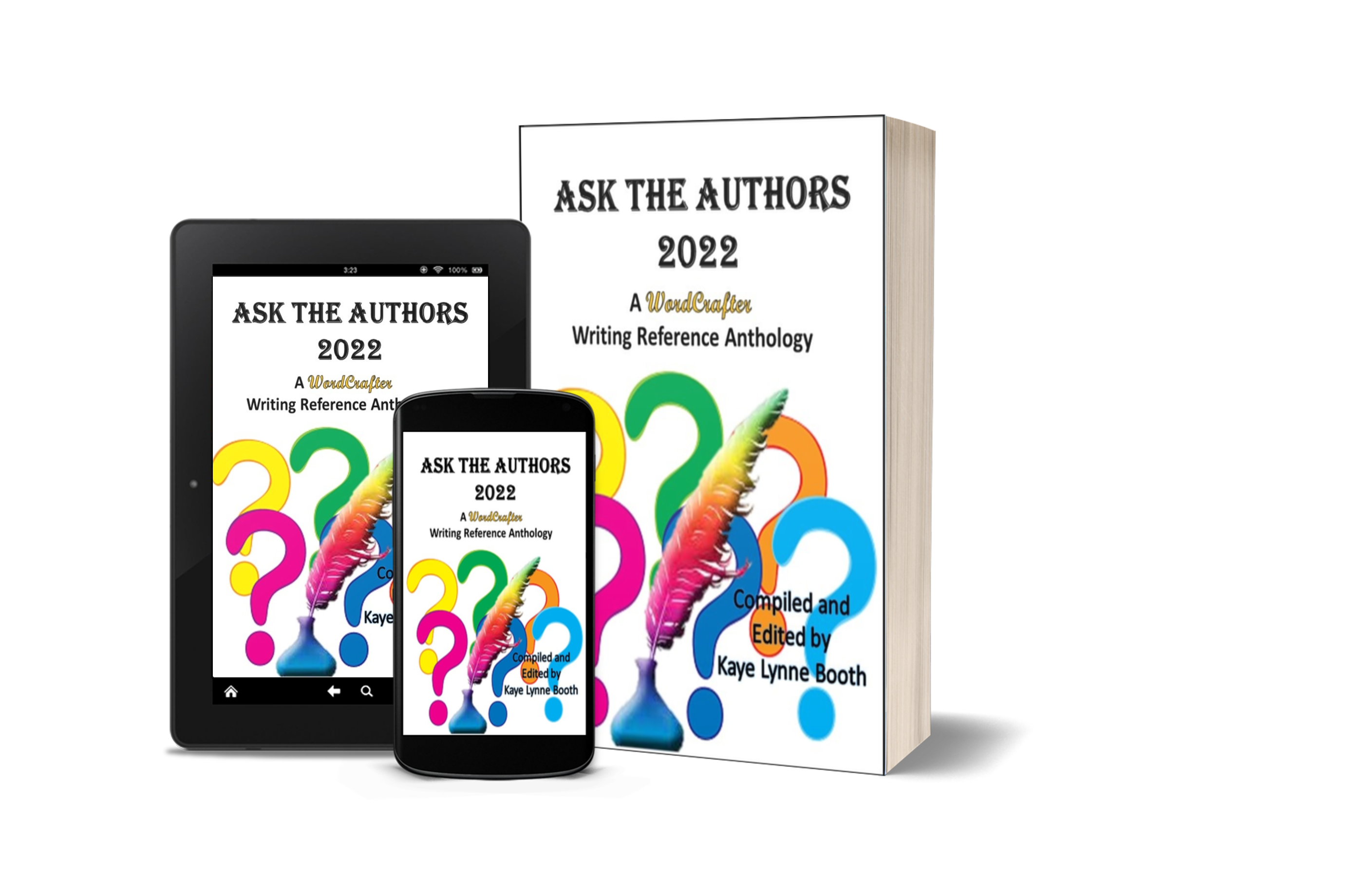
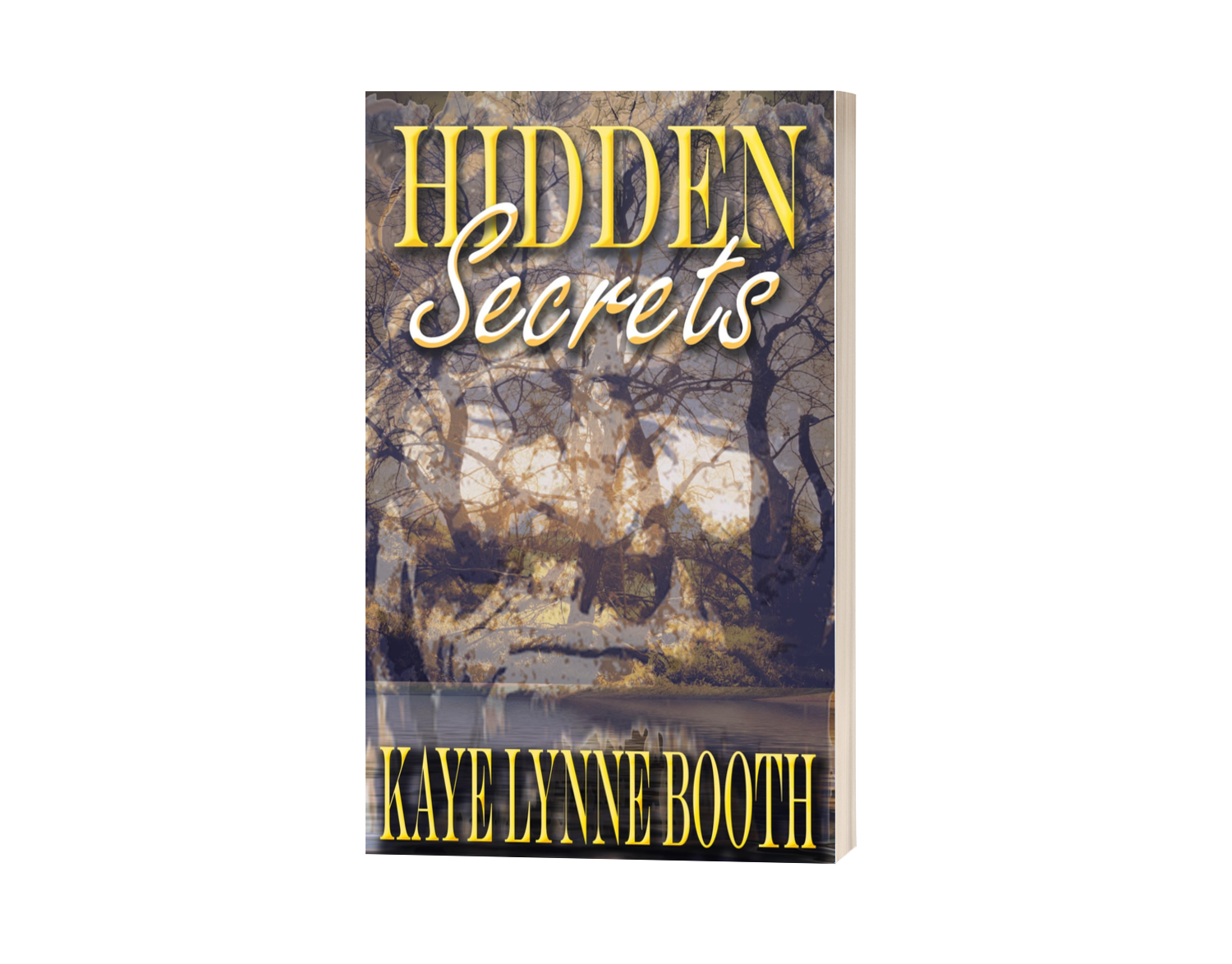
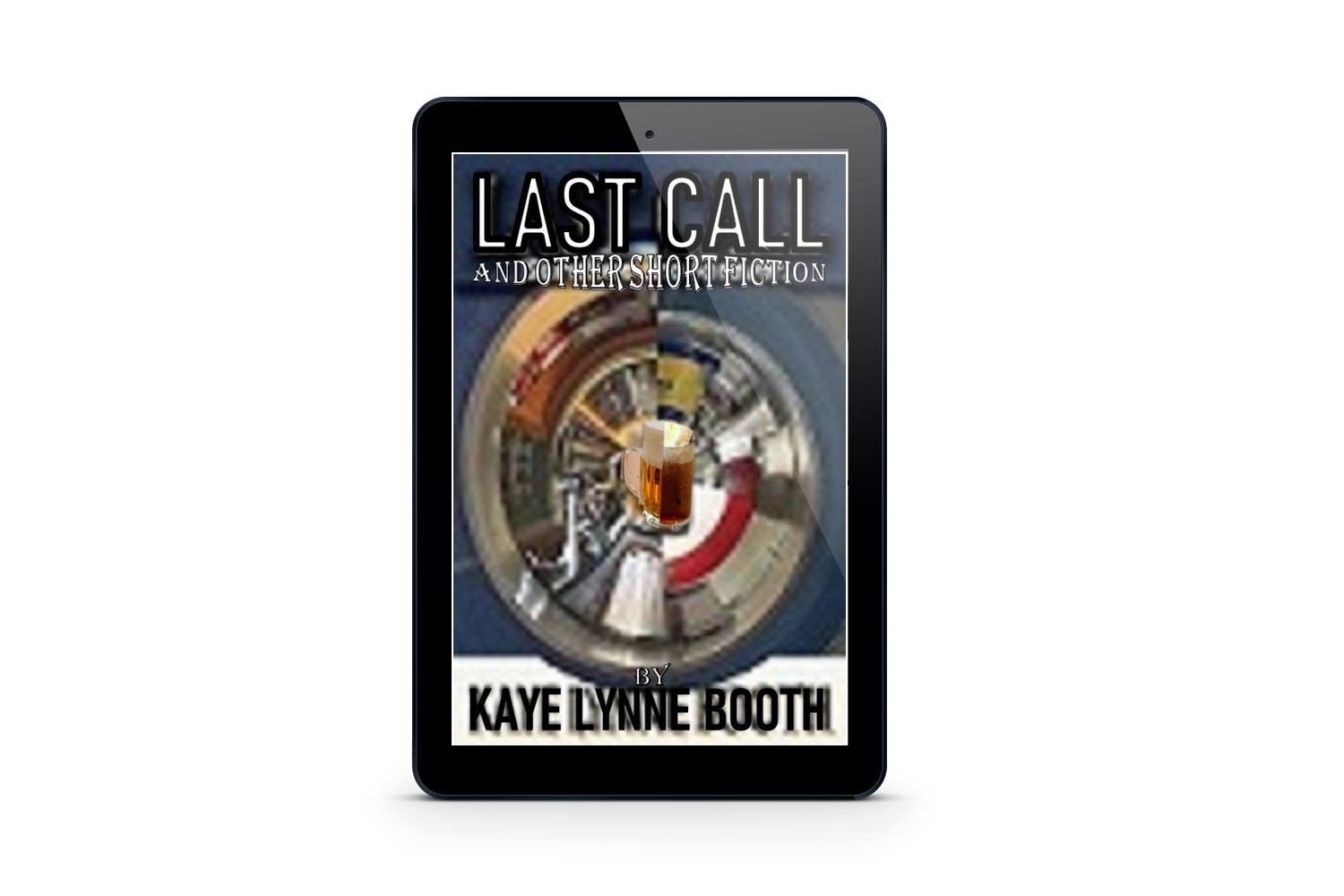
[…] Jeff Bowels, Tim Baker and Art Rosch, and traditionally published authors Stacia Deutsch and Mark Shaw, independently published author Jordan Elizabeth, and an author who has published under all three […]
LikeLike
[…] charging unsuspecting authors exorbitant fees to publish their work as Mark Shaw warns in Part 5. They prey on authors who desire to get their work published so bad that they are willing to empty […]
LikeLike
[…] Baker and Art Rosch, traditionally published authors Stacia Deutsch (children’s books) and Mark Shaw (nonfiction), and independently published YA author Jordan Elizabeth. To balance things out a bit, I […]
LikeLike